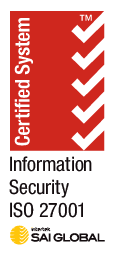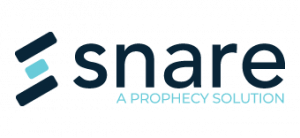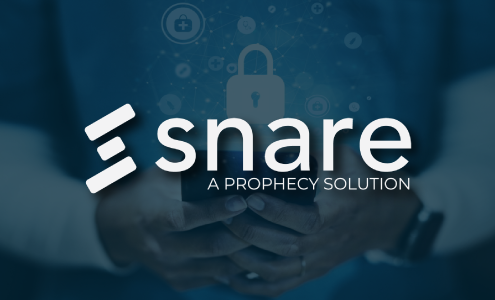ISO 27001 Certification
Prophecy International is continuously investing time and resources to meet customers’ strict requirements for internal controls over financial reporting and data protection across a variety of highly regulated industries. We are pleased to announce that Prophecy International has successfully completed ISO 27001 certification for its applications Snare and emite , covering the development and delivery of the environments within the organisational units of Intersect Alliance International Pty Ltd (Snare) and emite Pty Ltd (emite).
The certification was completed by SAI Global in Australia, covering ISO/IEC 27001:2022 for the scope of “The Information Security as related to the development and delivery of the Snare and emite solutions as defined in the Statement of Applicability version 1.0 dated June 2024.” Certification is valid as of 30 September 2024 with certificate number ITGOV40332.
The issuance of this certificate reaffirms our commitment to internal control and data protection. Customers may use this third-party audit to assess how Prophecy International software and services can meet their compliance and data-processing needs.
Information is the lifeblood of most contemporary organisations. It provides intelligence, commercial advantage, and plans that drive success. Most organisations store these highly prized information assets electronically. Therefore, protection of these assets from either deliberate or accidental loss, compromise, or destruction is increasingly important.

ISO 27001 is a risk-based compliance framework designed to help organisations effectively manage information security.
Having an international standard for information security allows a common framework for managing security across business and across borders. Within an ever more connected world, the security of information is increasingly important.
Data and information need to be safe, secure, and accessible. The security of information is important for personal privacy, confidentiality of financial and health information, and the smooth functioning of systems and supply chains that we rely on in today’s interconnected world.
ISO 27001 provides the framework for organisations and security teams to effectively manage risk, select security controls, and most importantly, a process to achieve, maintain, and prove compliance with the standard. Adoption of ISO 27001 provides real credibility that we understand security and take security seriously.
ISO 27001 is made up of a number of short clauses, and a much longer Annex listing 93 controls. The most important of the short clauses relate to:
- The organisational context and stakeholders
- Information security leadership and high-level support
- Planning of an Information Security Management System (ISMS), including risk assessment; risk treatment
- Supporting an ISMS
- Making an ISMS operational
- Reviewing the system’s performance
- Adopting an approach for corrective actions.
Based on the risk profile of the organisation, controls may be selected to manage identified risks. Within the Annex, the 93 listed controls are broken down into Organisational, People, Physical and Technological controls covering:
- Information security policies.
- Organisation of information security.
- Human resource security.
- Asset management.
- Access control.
- Cryptography.
- Physical and environmental security.
- Operations security.
- Communications security.
- System acquisition, development and maintenance.
- Supplier relationships.
- Information security incident management.
- Information security aspects of business continuity management.
- Compliance.
How Snare and emite can help
There is an increasing global need to enhance security, no matter the size of an organisation or the industry. One step towards securing your organisation is choosing suppliers who have not only demonstrated a commitment to security but have the certifications to back it up. Our priority is your security – let us know how we can help!




